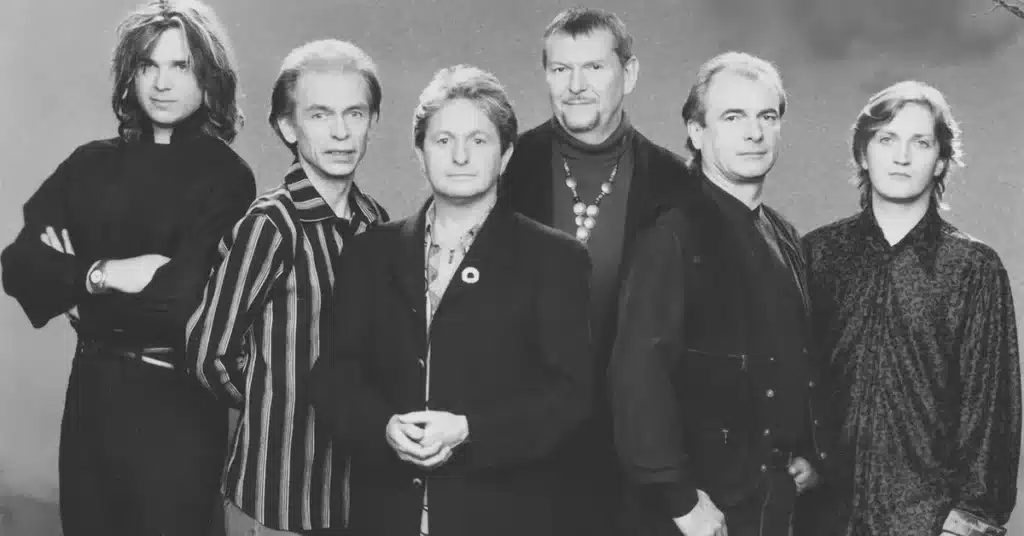Best Symphonic Rock Bands: A Journey Through Orchestral Grandeur in Rock
Symphonic rock is a captivating subgenre of rock music that blends the raw power of rock instrumentation with the lush, sweeping arrangements of classical orchestration. Often associated with the progressive rock movement, symphonic rock is known for its ambition, conceptual depth, and emotional intensity. Since its emergence in the late 1960s and early 1970s, numerous bands have embraced the fusion of symphonic and rock elements, leaving behind some of the most enduring and majestic works in modern music. This article explores some of the best symphonic rock bands that defined and advanced this extraordinary genre.
1. Yes
Arguably one of the most iconic symphonic rock bands of all time, Yes elevated progressive rock into new realms with their ambitious compositions and classically inspired structures. Albums like Fragile (1971), Close to the Edge (1972), and Relayer (1974) showcase their penchant for grandiose musical architecture. With Rick Wakeman’s virtuosic keyboard flourishes, Steve Howe’s intricate guitar work, and Jon Anderson’s ethereal vocals, Yes brought a refined sense of classical sophistication to rock music. The use of extended suites and dynamic shifts within single tracks made them central figures in the symphonic rock canon.

2. Genesis (Peter Gabriel era and early Phil Collins era)
Genesis’ early work stands as a pillar of symphonic rock. Albums such as Foxtrot (1972), Selling England by the Pound (1973), and The Lamb Lies Down on Broadway (1974) feature elaborate song structures, thematic complexity, and storytelling rooted in myth and fantasy. Tony Banks’ melodic keyboard arrangements were key to Genesis’ orchestral sound, while the theatrical flair of Peter Gabriel brought an operatic, almost symphonic performance style. Even after Gabriel’s departure, the band retained symphonic elements in albums like A Trick of the Tail (1976).

3. The Moody Blues
Often credited as pioneers of symphonic rock, The Moody Blues were among the first to successfully integrate full orchestras into rock arrangements. Their groundbreaking 1967 album Days of Future Passed featured the London Festival Orchestra and included the classic “Nights in White Satin.” The band’s use of the Mellotron and classically influenced songwriting established a blueprint for the genre. Albums like In Search of the Lost Chord (1968) and A Question of Balance (1970) continued this tradition of melding rock with orchestral elegance.

4. Electric Light Orchestra (ELO)
Founded by Jeff Lynne and Roy Wood in 1970, ELO was designed to pick up where The Beatles’ I Am the Walrus left off—combining rock with classical sensibilities. Their sound was characterized by lush string arrangements, tight harmonies, and catchy pop-rock songwriting. Albums like Eldorado (1974), A New World Record (1976), and Out of the Blue (1977) exemplify the polished fusion of rock and orchestral elements. With their commercial success, ELO brought symphonic rock into the mainstream.

5. Renaissance
Renaissance, led by vocalist Annie Haslam and guitarist Michael Dunford, brought a more pastoral and chamber music-like quality to symphonic rock. With a strong influence from European classical traditions, their albums often featured piano, acoustic guitar, and orchestral arrangements. Albums such as Turn of the Cards (1974), Scheherazade and Other Stories (1975), and A Song for All Seasons (1978) are masterclasses in combining folk, classical, and rock. Haslam’s five-octave range further added an ethereal element to their sound.
6. Procol Harum
Procol Harum’s 1967 hit “A Whiter Shade of Pale”—inspired by Bach’s Air on the G String—was a harbinger of the symphonic rock movement. Their blend of baroque influences with blues-based rock laid the groundwork for more elaborate symphonic ventures. Albums like Shine on Brightly (1968) and Grand Hotel (1973) display their orchestral ambitions, with elaborate suites and rich keyboard-driven arrangements by Matthew Fisher and later Chris Copping.
7. Camel
Though often categorized under progressive rock, Camel’s approach leaned heavily into symphonic textures, especially on concept albums like The Snow Goose (1975)—a fully instrumental album inspired by Paul Gallico’s novella, featuring sweeping orchestral passages and elegant melodic development. Their mixture of instrumental storytelling and classical influences places them among the finest in symphonic rock.

8. Barclay James Harvest
Barclay James Harvest blended melodic rock with orchestral arrangements in a less complex but highly accessible form. Often described as a more pastoral and romantic take on symphonic rock, they worked with real orchestras and leaned into lush, melancholic atmospheres. Albums like Once Again (1971) and Everyone Is Everybody Else (1974) exemplify their melodic and symphonic strength.

9. Kaipa
From Sweden, Kaipa brought a Nordic flavor to symphonic rock, combining melodic sensibilities with grandiose compositions. Featuring Roine Stolt (later of The Flower Kings and Transatlantic), Kaipa’s 1970s output, including Inget Nytt Under Solen (1976), captures the essence of symphonic rock with rich keyboard textures and soaring guitar work. Their influence is especially felt in the neo-prog and modern symphonic scenes.

10. The Enid
Perhaps one of the most classically focused bands in the genre, The Enid was founded by classical composer and pianist Robert John Godfrey. They combined romantic-era classical music with rock instrumentation to create a truly orchestral experience. Albums such as In the Region of the Summer Stars (1976) and Aerie Faerie Nonsense (1977) are highly symphonic in structure and emotion, bridging the worlds of concert hall and rock stage like no other band.
Honorable Mentions
- Kansas – Known for symphonic flourishes on tracks like “Song for America” and “Magnum Opus.”
- Trans-Siberian Orchestra – A modern blend of rock opera, Christmas themes, and orchestration.
- The Flower Kings – Modern Swedish band embracing long-form symphonic compositions.
- Arena and Pendragon – Neo-progressive bands with symphonic leanings.
Conclusion
Symphonic rock remains a powerful and emotive genre, offering a rich tapestry where classical elegance meets rock’s raw energy. Whether through sweeping Mellotron soundscapes, orchestral crescendos, or complex suites, the best symphonic rock bands create sonic experiences that transcend traditional rock norms. These artists have contributed to a genre that is both grandiose and intimate, cerebral yet heartfelt—a testament to the boundless possibilities of musical fusion.





